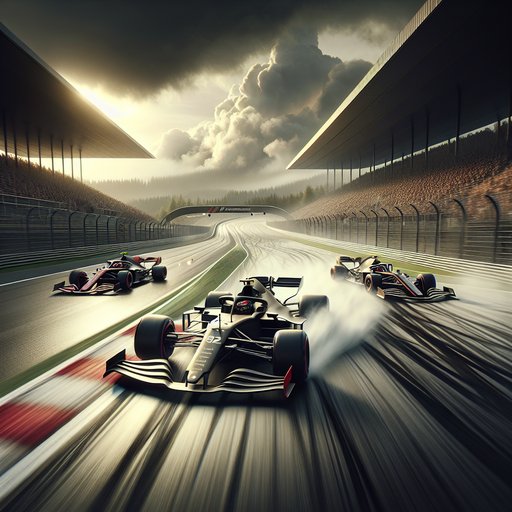
Formula 2 has delivered a riveting stretch of racing through the summer run into early autumn, with results from Spa, Zandvoort, and Monza tightening a championship already defined by fine margins. Paul Aron’s relentless consistency for Hitech and Isack Hadjar’s punchy peaks with Campos have set the tone, while an ambitious rookie class led by Andrea Kimi Antonelli, Gabriel Bortoleto, Franco Colapinto, and Zak O’Sullivan continues to turn qualifying pace into meaningful points. Add in Zane Maloney’s season-opening statement in Bahrain and Oliver Bearman’s high-profile Ferrari F1 cameo in Jeddah, and the 2024 campaign has all the ingredients of a modern F2 classic.
F2 matters because it is where the next generation learns to win on the same grand prix stages and under the same pressure as Formula 1. The cars are equal, the margins are microscopic, and the format—with sprint and feature races—rewards both raw speed and Sunday execution. Over the European leg, strategy and safety-car timing repeatedly shuffled the order, making track position only part of the story. In that environment, the drivers who bank points on bad days rise to the top as the title fight narrows.
Recent results underline how widely the performance is spread. Zane Maloney announced himself with a Bahrain double to open the season, while Isack Hadjar’s precision around the Principality delivered the Monaco feature win that vaulted him squarely into the conversation. Through the summer, Spa’s mixed conditions, Zandvoort’s strategic chess, and Monza’s slipstream battles rewarded adaptability over outright one-lap supremacy. The net effect is a leaderboard condensed by consistent scoring rather than single weekend blowouts.
Paul Aron has been the championship’s metronome, stringing together high-value finishes that insulate him from the occasional qualifying setback. His Hitech package rarely looks the fastest over one lap, but race pace, pit stop execution, and tyre life have repeatedly put him in undercut range when it matters. Against that, Hadjar’s best days have been devastating, particularly on street circuits and high-deg layouts where confidence under braking pays back in overtakes. The result is a duel separated by handfuls of points, vulnerable to a single safety-car pit window or track-limits penalty.
The rookie class has added both speed and subtlety to the narrative. Andrea Kimi Antonelli has translated calm tyre management and measured race craft into regular points and podium contention, an impressive return for a driver making a sizable leap in category. Gabriel Bortoleto, stepping up as reigning F3 champion, has paired clean qualifying with tidy long-run pace, keeping Invicta firmly in the teams’ conversation. Franco Colapinto’s aggression has been tempered by discipline in traffic, and Zak O’Sullivan’s methodical approach has yielded steady hauls even when outright pace was elusive.
Teams have also influenced the ebb and flow of results over the last few rounds. Campos and Hitech have maximized volatile weekends with smart calls on the alternate tyre, while Prema’s race-day execution has steadily improved as track temperatures and compound choices evolved through Europe. MP’s operational sharpness around timing safety-car windows kept its cars in podium fights without overexposing them to undercuts. In a field this tight, clean pit stops and timely battery deployment across Monza’s long straights or Zandvoort’s high-load corners often proved decisive.
Monza, the most recent European waypoint, distilled the season’s themes into one weekend. Qualifying in the tow-train demanded patience and planning as much as bravery, and the races turned on braking discipline into Turn 1 and energy management off the Lesmos and Ascari. Safety-car restarts bunched the field and forced leaders to decide between defending into the Rettifilo or saving for the back straight, with several podium places decided by late-race tyre life rather than raw sector times. Penalties for track limits and chicane shortcuts reshaped the final classification, underlining how small errors carry disproportionate cost in a title run-in.
As the championship leaves Europe, the calculus is clear: consistency remains the currency of champions, but one big result can still redraw the table. Aron’s points profile gives him a buffer, yet Hadjar’s capacity to win on demand means the gap is never comfortable, and Maloney’s early-season haul keeps him relevant if the front pair stumble. The rookies, meanwhile, are racing for more than trophies; steady points now translate into super licence security and winter testing opportunities that shape next year’s grids. With only a feature win’s worth of points between the leading contenders and momentum oscillating race to race, F2’s finale promises the kind of high-wire act that has long made the category the sport’s most reliable talent barometer.








